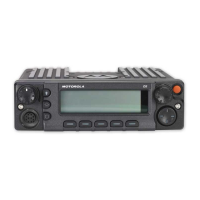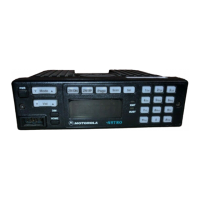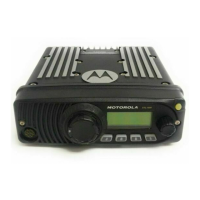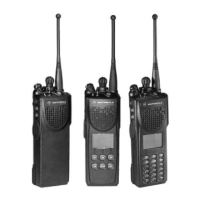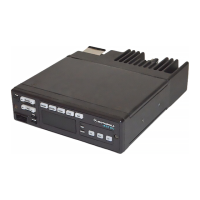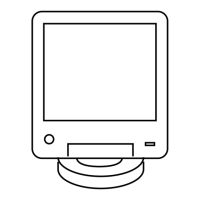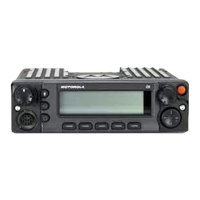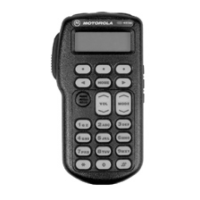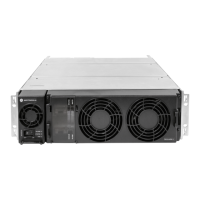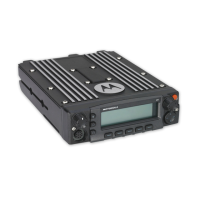June 15, 2005 6815854H01-A
4-2 Troubleshooting Procedures: Handling Precautions
4.2.2 Rigid Circuit Boards
The XTL 1500 radio uses bonded, multi-layer, printed circuit boards. Since the inner layers are not
accessible, special considerations are required when soldering and unsoldering components. The
printed-through holes might interconnect multiple layers of the printed circuit. Therefore, care should
be exercised to avoid pulling the plated circuit out of the hole.
When soldering near module socket pins, be careful to avoid accidentally getting solder in the
socket. Also, be careful not to form solder bridges between module socket pins. Closely examine
your work for shorts caused by solder bridges. When removing modules with metal enclosures, be
sure to unsolder the enclosure ground tabs as well as the module parts.
4.2.3 Heat-Related Precautions
During all repair procedures, heating neighboring components can be minimized by:
• Using upper heat only
• Using the correct size of heat-focus head, which should be approximately the same size as the
carrier being replaced
• Keeping the heat-focus head approximately 1/8 in. (3-6 mm) above the printed circuit board
when removing or replacing the device
4.2.4 Daughtercard Module
The daughtercard module can be removed by desoldering. However, this only should be done as a
last resort since the module cannot be reliably reattached to the main board, except with a new
module, and contains extremely small parts that can be easily lost. Therefore, it is recommended
that when troubleshooting an XTL 1500 radio, avoid removing and replacing large sections for an
expected quick fix.
4.2.4.1 SRAM
Each of the daughtercard module’s three sections are attached to the module using BGA (Ball Grid
Array) solder-attachment technology, and once removed, cannot be reliably reattached. Also,
because of the dense grouping of the solder balls, heating of the part and doing a slight tap to fix
presumed cold-solder joints usually only results in smearing the solder and shorting the solder balls.
4.2.4.2 Testing
The daughtercard module is tested prior to placement on the main board. However, this is done with
proprietary software that is not available outside Motorola. Also, because of the high density of the
solder balls, the pins of the three ICs are not exposed to the outside world for test probing.
Moisture-sensitive devices (MSD) are subject to die-bond (or other
interface) delamination if heated above 185°C. To ensure that
delamination does not occur, the PCB should be baked for eight
hours at 125°C prior to repair if an adjacent MSD could potentially
be exposed to 185°C or greater temperature during repair. Use
0.250 in. as the determining distance between the component being
repaired and the MSD.
!
C a u t i o n
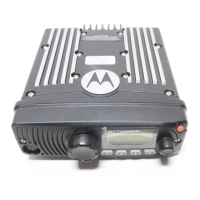
